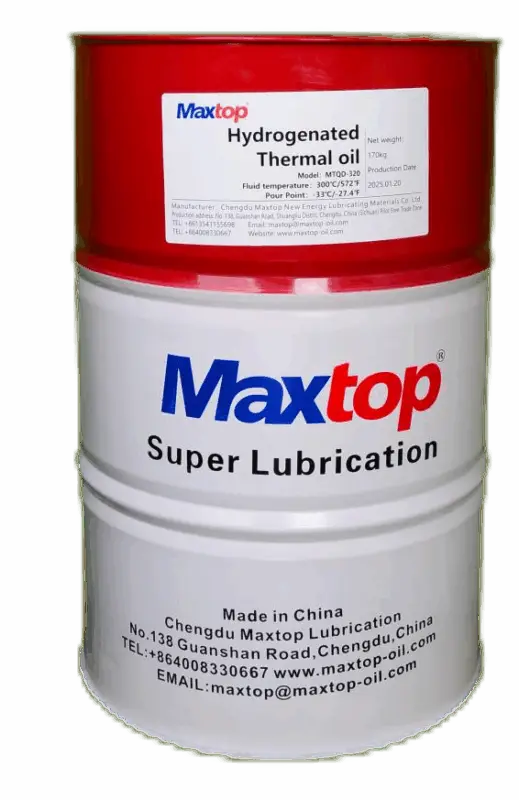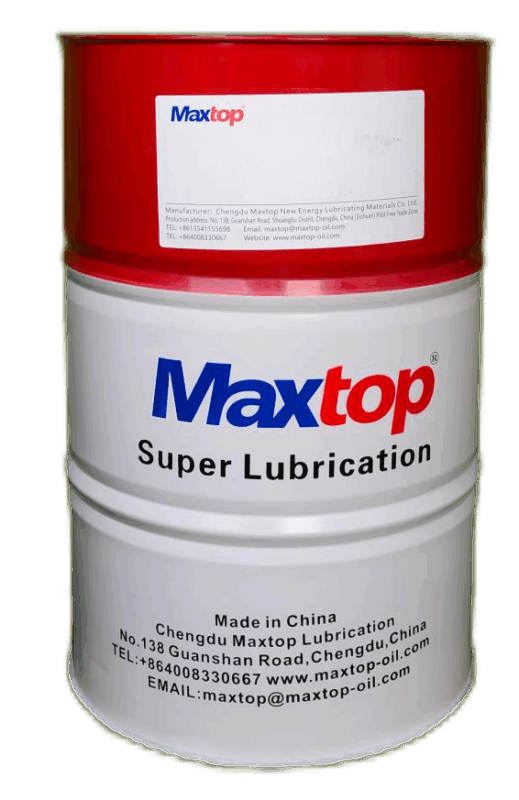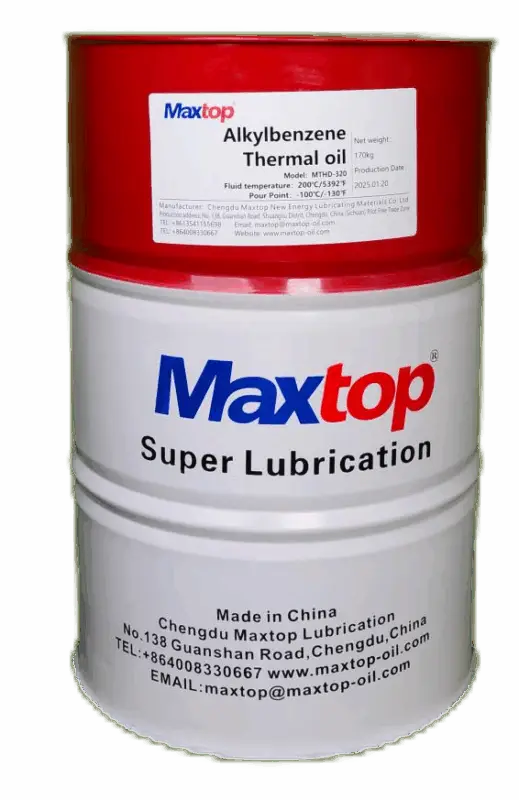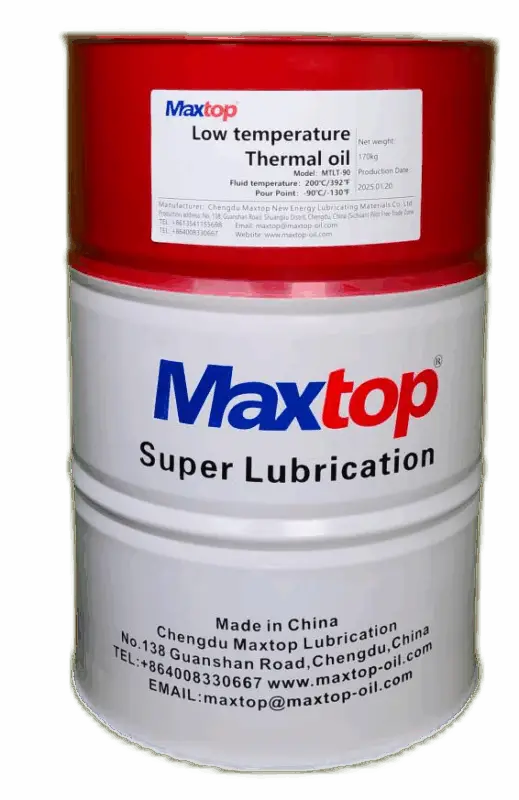Why Does Newly Purchased Heat Transfer Fluid Contain Moisture?
The Importance of Moisture Removal in Heat Transfer Fluid Systems
Heat transfer fluids play a crucial role in systems that require reliable temperature regulation. However, when moisture contaminates the fluid, it can lead to significant performance and safety issues. As we know, heat transfer fluids and water don’t mix, and moisture must be removed before they can be used properly.
In this article, we’ll explore how moisture enters heat transfer fluid systems, its impacts, and why proper dehydration is essential for ensuring smooth operation.
How Does Moisture Enter Heat Transfer Fluid? 🤔
Moisture can infiltrate heat transfer fluid at several stages, and understanding these points helps manage the issue effectively:
| Source of Moisture | Description |
|---|---|
| Manufacturing Process | Incomplete processes during manufacturing can leave trace amounts of moisture behind. |
| Transportation & Storage | Leaks during storage or transport can allow moisture from the environment to mix with the fluid. |
| Post-Cleaning & Pressure Testing | If the system isn’t drained properly after cleaning or pressure testing, moisture can remain. |
| Improper Handling | Moisture can enter during packaging or filling, especially in poor environmental conditions. |
Moisture in the system can lead to a range of operational challenges:
-
Vaporization: As heat transfer fluid heats up, moisture vaporizes, causing a rapid increase in volume. This can create pressure fluctuations that may lead to pump cavitation.
-
Venting Issues: Moisture can increase the venting rate in the high-level tank, and in extreme cases, force fluid out of the exhaust pipe, leading to potential system failure.
-
Production Delays: Removing moisture from the fluid can take several days, causing unnecessary delays in production.
In addition to these immediate effects, moisture accelerates the degradation of the fluid:
-
Oxidation: Vaporized moisture increases the surface area of the fluid, allowing oxygen to speed up the oxidation process, which degrades the oil.
-
Shortened Fluid Lifespan: The presence of moisture leads to faster deterioration, reducing the fluid’s lifespan and requiring more frequent replacements, ultimately increasing operational costs.
Managing the Dehydration Process of Heat Transfer Fluid 🔧
To ensure safe operation, moisture must be removed gradually and carefully. Here’s a guide to managing the dehydration process:
| Stage of Process | Temperature Range | Recommended Actions | Notes |
|---|---|---|---|
| Dehydration Stage | 120°C – 150°C | Gradually heat to remove moisture. | At 200°C, light components will be expelled. |
| Slow Dehydration | 150°C – 200°C | Monitor venting rate in the high-level tank. | Slow heating is crucial to avoid issues. |
| Heating Control | >200°C | Follow furnace drying phase with gradual temperature increase. | Ensure gradual heating to prevent thermal shock. |
| Post-Dehydration | >200°C | Slowly raise the temperature once moisture is removed. | Ensure all light components and volatiles are gone. |
| System Leak Check | Process Temperature | Conduct a full system leak inspection before applying insulation. | Ensure seals are tight throughout the system. |
Moisture in heat transfer fluids is a serious issue that impacts both safety and performance. Before use, the fluid must undergo proper dehydration at a controlled temperature. Each step should be carefully managed to avoid contamination, ensuring the system runs safely and efficiently.
By addressing moisture early, you can extend the lifespan of your fluid and avoid costly delays in production.
💡 Pro Tip: Regularly monitor the venting rate and check for leaks during the dehydration process to ensure smooth operation.
Frequently Asked Questions (FAQ)
1. How does moisture in heat transfer fluid affect the system?
Moisture causes pressure fluctuations, cavitation in the pump, and venting issues, leading to system instability. It also accelerates fluid degradation, shortening its lifespan.
2. How do I remove moisture from heat transfer fluid?
The fluid should be gradually heated to 120-150°C, with careful control to remove water and light components safely.
3. Can I skip the moisture removal process?
Skipping this step is not recommended. Doing so can lead to system instability, safety issues, and faster fluid deterioration.
For reliable heat transfer fluid and expert guidance, Maxtop is here to help. Our products and services ensure your system operates safely and efficiently. Reach out to us today for more information!
Top Rated Products
-
 Hydrogenated synthetic heat transfer fluid
Hydrogenated synthetic heat transfer fluid
-
 Mineral Heat Transfer fluid(MTYD320)
Mineral Heat Transfer fluid(MTYD320)
-
 Alkylbenzene synthetic heat transfer fluid(MTHD320)
Alkylbenzene synthetic heat transfer fluid(MTHD320)
-
 Synthetic Heat Transfer fluid
Synthetic Heat Transfer fluid
-
 Special electric heating heat conduction fluid series
Special electric heating heat conduction fluid series
-
 Low temperature heat transfer fluid series products
Low temperature heat transfer fluid series products
-
 Electric heating oil compound heat conduction fluid
Electric heating oil compound heat conduction fluid

